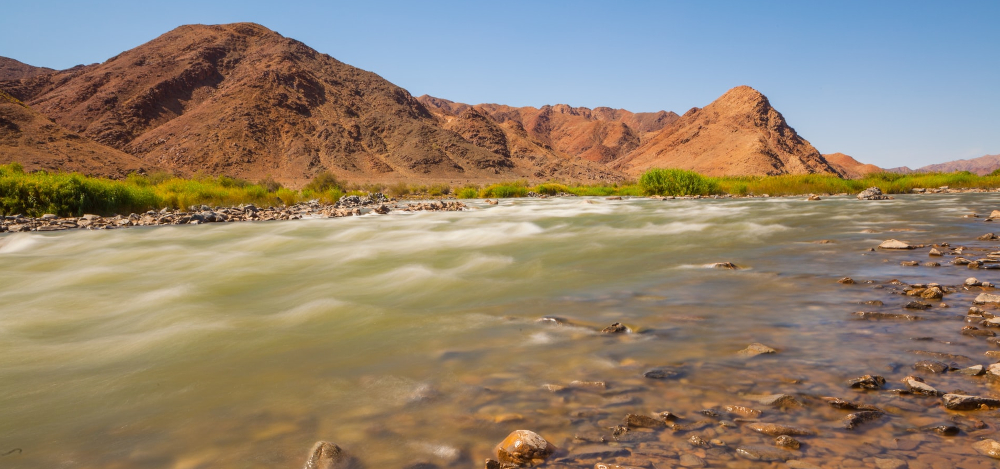The high-level session on “Water and Peace” provided an opportunity to highlight and discuss the role of transboundary water cooperation in fostering trust, stability, and peace.
"Some of the challenges are around the lack of proper management mechanisms and cooperation. While progress has been made, the recent report from the SDG 6.5 survey on measuring the level of Integrated Water Resources Management (IWRM) implementation in the transboundary context shows that the world still needs to pay a lot of attention to this topic. For instance, climate change brings stress to watercourses, both too much and too little water, affecting people’s livelihoods and security. The geopolitical context and lack of willingness to collaborate is a challenge. GWP recommends addressing these challenges by turning them into opportunities and to bring countries and stakeholders together to solve them," said Soto-Abril.
GWP is working in regions that experience regional and national political instability and tensions, and the aim is always to foster cooperation over shared waters - this can greatly contribute to security. For example, GWP assisted in the initial steps of the joint mechanism created through the Framework Agreement on the Sava River Basin in the area of stakeholders’ engagement.
"Building transboundary mechanisms of cooperation – as we are doing in the Drin Basin in cooperation with the UNECE - or supporting them as we did in the Ohrid Basin - are additional concrete examples," said Soto-Abril.
Different approaches showcased in side events
The Water-Food-Energy-Environment nexus approach is a tested tool to understand trade-offs and benefits that arise from different water uses in transboundary basins, and to foster collaboration.
Jointly understanding the best way to utilize the resources, bringing co-benefits among sectors is key to enhancing cooperation – this was the topic of one of the side events that GWP organised in connection to MOP9. Practitioners formed a panel that shared field experiences on the results of, and potentials, in using this approach to operationalize solutions for advancing transboundary cooperation. Watch the recording of the session:
Throughout the MOP, several high-level participants emphasized the importance of interlinkages between fresh and marine water. A source-to-sea approach is becoming an important approach in managing transboundary water. Together with the Swedish International Water Institute (SIWI) and GEF IW:LEARN, GWP co-organised a side event on this topic where both freshwater and marine practitioners shared their experiences and insights in the context of transboundary waters. On 19 October, GWP will be organising an online engagement session focusing on the topic of Source-to-Sea approach in International Water Law.
Another side event was organised on the topic of ‘Women, Water and Peace’, by GWP Mediterranean and Geneva Water Hub. This showcased the role of women in water diplomacy, with stories from female diplomats on their experiences working towards water cooperation in times of conflict. Read more about GWP Mediterranean's MOP9 involvement here.
New transboundary materials
In addition to reviewing the progress towards SDG 6.5.2 and a wide range of workstream activities through the Water Convention, the MOP9 also adopted the Convention’s programme of work for 2022-2024, and featured the launch of five new publications to support transboundary water cooperation:
- Practical Guide for the development of agreements or other arrangements for transboundary water cooperation;
- The Handbook on water allocation in a transboundary context;
- The publication “Funding and financing of transboundary water cooperation and basin development”;
- The publication “Solutions and investments in the water-food-energy-ecosystems nexus: a synthesis of experiences in transboundary basins”; and
- The publication “The second report on implementation of the Water Convention“.
Photo: Orange River on the Namibia/South-Africa border, by Chris Stenger on Unsplash.

